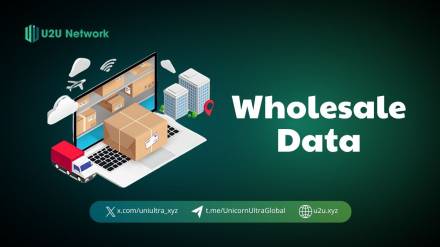The convergence of blockchain technology and physical infrastructure has created a new paradigm called DePIN. While sharing the ethos of collaborative consumption with traditional sharing economy models, DePIN introduces a revolutionary approach by leveraging blockchain's decentralization, transparency, and token-based incentive mechanisms. This article explores the differences between DePIN and traditional Sharing Economy, incentive economies, and DePIN real-world usage that are reshaping industries.
Table of Contents
Is DePIN similar to traditional Sharing Economy models?
The sharing economy is an economic model where individuals can rent or share their personal assets, like cars, houses, or equipment, through online platforms. This model promotes efficient resource utilization, reduces waste, and creates income opportunities for participants.
A prime example is Grab, a ride-hailing company that doesn't own any vehicles. Instead, drivers use their own cars to provide transportation services, while Grab connects them with customers and facilitates transactions. This collaborative approach benefits both drivers, who earn income from their underutilized assets, and customers, who gain convenient access to transportation.
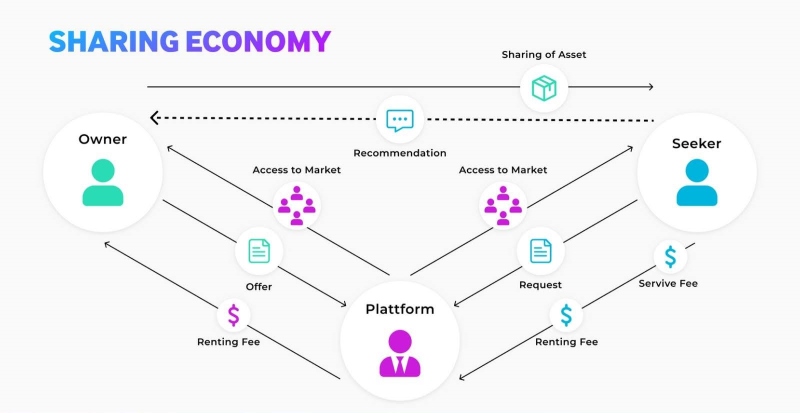
Comparison of DePIN and traditional Sharing economy models
|
DePIN |
Sharing Economy | |
|
Model |
Imagine having extra storage on your computer or a speedy internet connection. DePIN allows you to share these resources directly with others who need them, cutting out the middleman, thanks to blockchain technology. |
Think of familiar platforms like Airbnb or Uber. If you have a spare room or a car sitting idle, these services enable you to connect with individuals looking for accommodations or transportation. The app functions as a trusted intermediary, introducing you to someone in need. |
|
Intermediary |
There are no middlemen. Connect directly with those sharing their resources. All transactions are transparent and securely tracked on the blockchain. |
The company owning the app ( Airbnb, Uber) is the intermediary. They help you find customers and sometimes set prices. |
|
Management and control |
You and your fellow network participants have the power to shape every aspect, including pricing and operational choices. Your data remains exclusively yours. |
Companies like Airbnb and Uber serve as intermediaries, connecting you with potential customers. They often determine pricing and typically take a commission for each transaction. |
|
Goal |
To establish a sustainable, transparent, and equitable infrastructure network that empowers individuals to earn rewards commensurate with their contributions. |
To maximize the efficient use of resources and minimize costs for consumers. |
Key differences:
- Intermediaries: DePIN eliminates intermediaries, unlike the sharing economy, which relies on them.
- Control: DePIN empowers participants with collective decision-making and control, whereas the sharing economy model grants significant power to the intermediary company.
- Technology: DePIN utilizes blockchain technology to ensure transparency and security, a feature not essential to the sharing economy.
DePIN's emergence aims to decentralize the sharing economy model through token governance, promoting fairness for both providers and sharers.
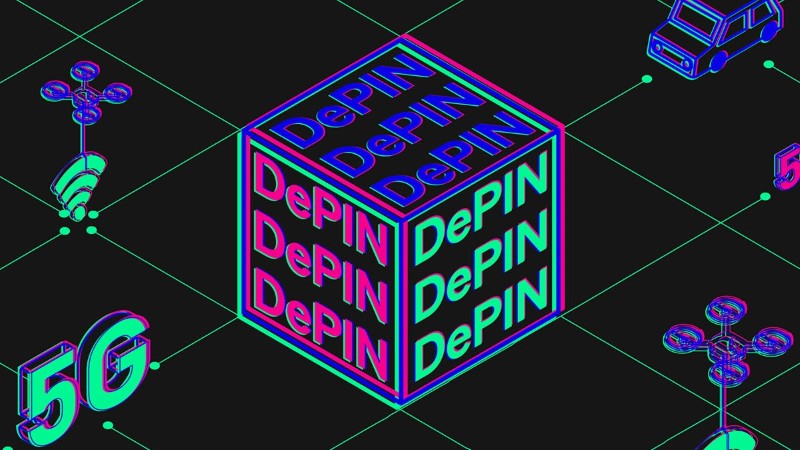
DePIN incentive economies
Token incentives are fundamental to DePIN. They drive community participation in building and maintaining infrastructure by rewarding contributions with tokens. This model aligns seamlessly with the Data Layer's token economy, where tokens incentivize participation and facilitate real-time blockchain data transactions.
DePIN's token economies also promote cost-effectiveness and efficiency through decentralized management and ownership. This approach allows for rapid scaling as community members directly contribute to infrastructure development. Additionally, blockchains minimize administrative overhead by serving as a transparent and immutable ledger of project activities and participants.
The Render Network (RNDR) exemplifies DePIN token incentivization. RNDR empowers digital creators by streamlining 3D rendering through a distributed network of GPU providers. Token-based rewards drive network growth and user engagement.
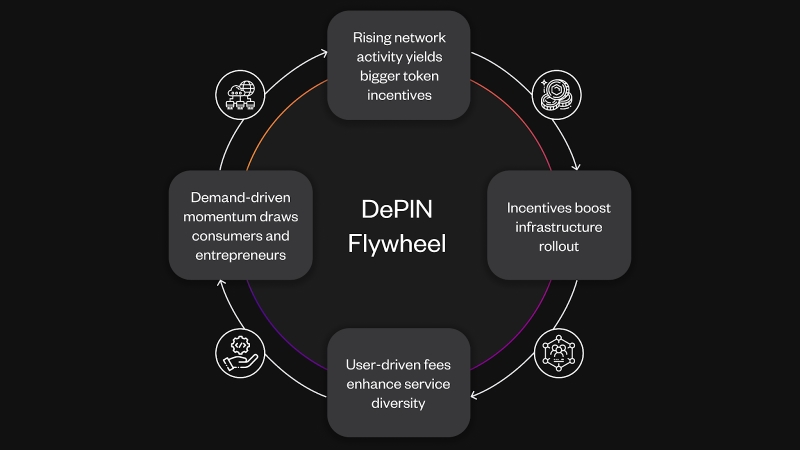
DePIN real-world usage
Telecommunications
DePINs offer a transformative solution to traditional telecom's limitations. By decentralizing network management, DePINs reduce costs, enhance scalability, and enable faster adaptation to evolving needs.
The Helium Network showcases the power of DePINs. Leveraging blockchain, Helium creates a decentralized wireless network where individuals operate small hotspots, earning rewards for providing coverage. This model significantly lowers infrastructure costs and enables rapid network expansion.
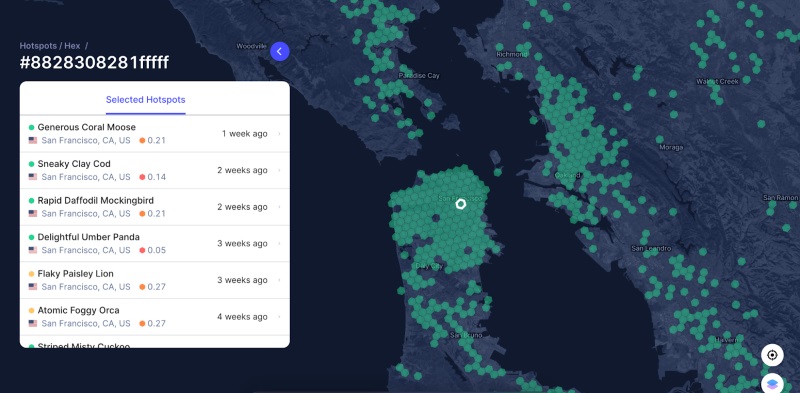
Energy Grids
Conventional energy systems, often burdened by inefficiencies and centralization risks, can be significantly enhanced through DePIN implementation. By incorporating this decentralized approach, energy production and distribution can be managed with improved efficiency and transparency.
For instance, Power Ledger, a blockchain-based platform, is facilitating peer-to-peer energy trading. This empowers homeowners with solar panels to directly sell surplus energy to their neighbors. This approach not only reduces dependence on centralized energy providers but also encourages the adoption of renewable energy sources.
Transportation and Logistics
Blockchain revolutionizes transportation and logistics by enhancing supply chain visibility, combating fraud, and optimizing route planning.
A prime example is VeChain, a blockchain platform enabling companies to track products from origin to destination, verifying authenticity and minimizing counterfeiting risks. This is particularly vital for industries like pharmaceuticals and luxury goods.
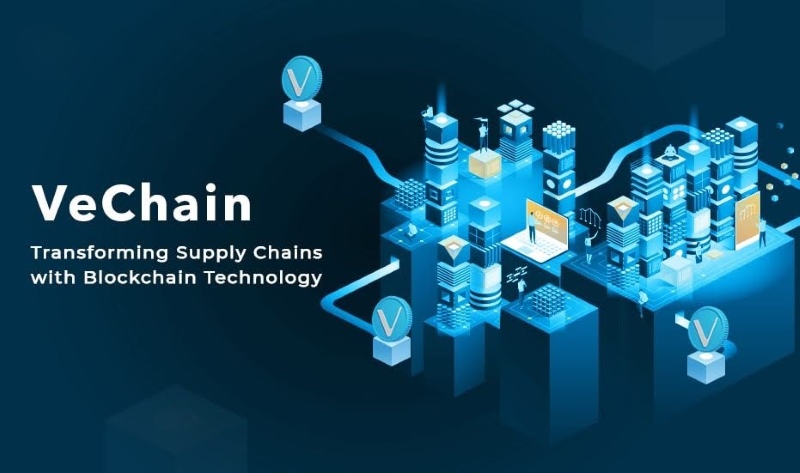
Smart Cities
By decentralizing infrastructure management, DePIN can improve efficiency, reduce costs, enhance security, and increase citizen participation in urban decision-making.
IOTA's smart city projects showcase the practical applications of DePIN technology. By utilizing the Tangle distributed ledger to manage data from IoT sensors and devices, IOTA's solutions can optimize traffic flow, reduce congestion, improve public transportation services, and create more energy-efficient buildings.
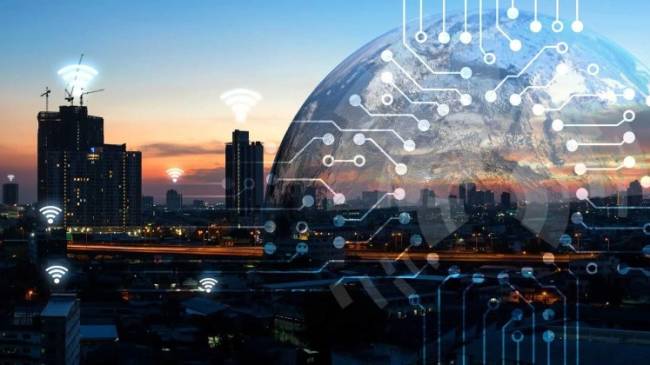
Agriculture
DePIN's decentralized infrastructure enables efficient resource utilization, enhances supply chain visibility, and establishes transparent pricing models for farmers.
OriginTrail uses blockchain to increase transparency in the agricultural supply chain. By tracking products throughout their journey, OriginTrail ensures quality and gives consumers reliable information about their food's origin and handling.
Messari predicts that DePIN will grow into a $3.5 trillion market by 2028. With DePIN real-world usage showcasing its transformative potential across industries, DePIN is positioned to become a leading force in the blockchain world. It offers solutions that promise to reshape global infrastructure, making it more efficient, equitable, and sustainable. To explore more knowledge and lasted information about blockchain, web3, DePIN…, please visit our website U2U Network.


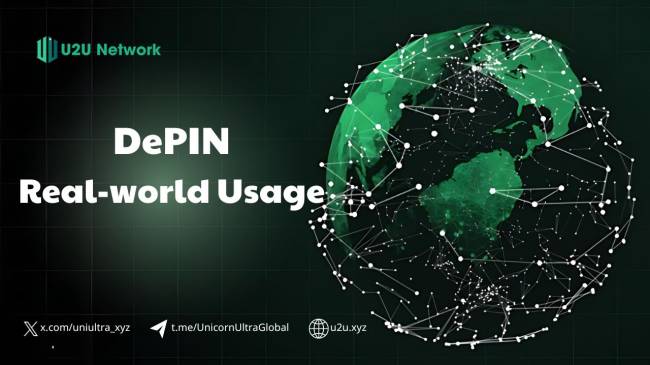
.png)

